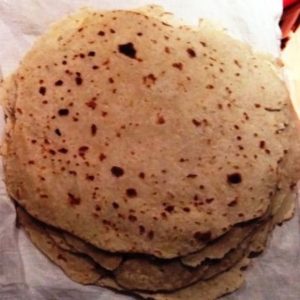I want to celebrate!
One of the larger goals of my ancestry research has been to see if we could establish a relationship between the two Elcik families, which I have been referring to as the “Elsik” and the “Ilcik” families.
Specifically, I have been attempting to link my great grandfather with the great-grandfather of a different John Elcik. I live in Florida, and the other John lives in Rocky Point, New York.
- John Elsik (1866-1941) married Mary Pelcarsky (1875-1936), through whom I (IV), Dad (III), and John (Jr.) descended. In the 1910 Census, John Elsik identified his surname as Elsik. Elcik is the spelling used for the rest of the family. John immigrated in 1891 and Mary in 1896. Ancestry and I agree that John Elsik is my great-grandfather.
- John Elcik (1886-1982) married Mary Jeho Zena Jonek (1887-1951). John immigrated in 1905, and Mary immigrated a year later in 1906. He came to America through Ellis Island, and the name was changed to Elcik from Ilcik, as told to his grandson. His son, Andrew J. Elcik (1911-1995), married Jeannie Pascarella through whom many of the “New York” Elcik’s descended. This family includes my “New York” contact: John Elcik.
We know for sure that there is a connection between the New York Elcik’s and us. [Thank you, Beth.] Their George Elcik (in the 1920 Census) married Jack’s father’s sister Anna Gamache. This would not be a blood relative, but it has been the best Beth (and I) could come up with.
Today, I decided to do some research on the DNA finds in my Ancestry.com account. I search for the Elcik surname, and I get a hit for 1_jelcik. The Family Tree associated with the hit has only two names, and one is private. The father of the DNA match is shown to be Andrew Elcik (1911). On my family tree, this would make the DNA be that of John J. Elcik (1943-2018), who is the father of John Elcik in Rocky Point, New York.
May we all celebrate? I think we have done it. The closeness of the relationship interests me, but the relationship alone is a win. The attached document is Ancestry’s take of the probability of different relationships.
Bottom line, the Ancestry relationship calculator is now telling me that I am related to John in Rocky Point. He is my “great-grandnephew of husband of grandaunt.” I can almost understand this description.
This also lends credence to the Slovakian language experts that say the difference between Ilycsik and Ilcsik is probably a spelling difference.
Would everyone agree that I should encourage John Elcik to fill out his family tree if he has access to his father’s Ancestry account?
Again, can we all agree to celebrate?
John, IV
P.S. I have no idea why I couldn’t find this earlier. Perhaps., John took my advice, and the Ancestry account is him and not his father. Lol.







 Ingredients
Ingredients